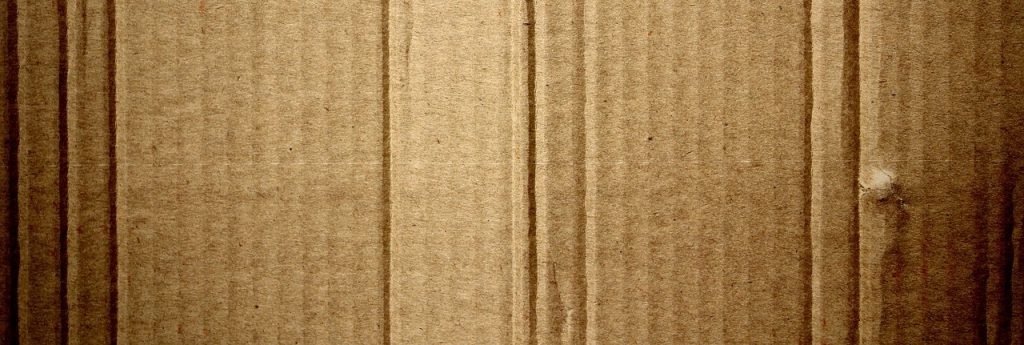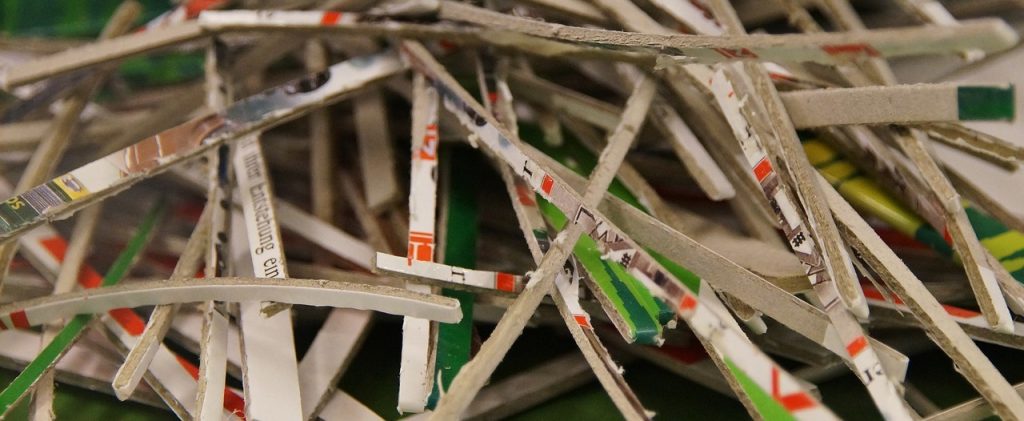Recycling, being a very vast topic, recycling of each needs discussion. Here we deal with cardboard recycling. Initially, we will know what is cardboard and then steps involved in its recycling. We shall also draw your kind attention to its advantages and will conclude with few interesting facts about cardboard recycling.
What is Cardboard?
Cardboard is a general term that includes heavy duty paper that are of various strength and grades. It can be single layered thick paper or multiple layer thick sheets. Cardboard is widely used in industries, offices and even for transportation purposes. The term cardboard include business cards, catalog covers, cardboard used for binding, cards used for playing, post cards, paper boards, egg cartons, cereal cartons, shoe boxes and so on. Another name for cardboard is corrugated cardboard. Mostly all types of cardboard can be recycled. Cardboard recycling is a process by which cardboard is reprocessed and further used as thick sheets to make new cardboard which otherwise will be discarded and burnt with other waste material.

STEPS IN CARDBOARD RECYCLING
- Collection :
This is the first step in the recycling process. Cardboards are collected from trash bins, dumping yards, collection centers and scrap yards. All these are transported to the mills where it is recycled. - Sorting :
This is the next step in the recycling process of cardboard. Now the corrugated boxes are sorted as per the materials added to it or separated as box cardboard and corrugated cardboard. Corrugated cardboard is usually thick and stiff cardboard with heavy paper pulp. On the other hand box cardboard are usually thin and comparatively flexible as compared to corrugated cardboard. Box cardboard is as used for the making of cereal boxes, egg boxes and so on. - Shredding and Pulping :
After the materials are sorted, it is shredded to tiny minute pieces. After this process, these pieces are mixes with water and chemicals and then made into a pulp. Water and chemicals are added so that the bits of paper breakdown and turn into a slurry substance. This process is commonly called as pulping. After this process, new pulp is added to the mixture. The new pulp added is usually from woods chips. Now the whole substance solidifies and becomes firm. - Filtering and Deinking :
Now the process of filtering takes place. The pulp has to go through filters to get rid of impurities like tape, glue, plastics, staples, strings etc. in the end of the filtration process, plastics float at the top and heavy materials like staples fall in the bottom of the filters. After the filtration process comes the de-inking process. Here the filtered pulp is goes through a flotation device. Here again the pulp is treated with a series of chemicals that takes the ink and dyes away. This process is commonly called cleaning process. The end product is ready for the final processing stage. - Final product for reuse :
The cleaned final product is now mixed again with new materials and put on heated conveyor belt and cylindrical surface for drying. The drying process, the pulp also passes through automated machine so as to release the excess water. This helps the formation of long rolls to solid sheets called inner boards and mediums. Now these inner boards are glued together and layered to make new piece of card board.
ADVANTAGES OF CARDBOARD RECYCLING
- Saves energy :
This is one of the major advantages of cardboard recycling is that this saves a lot of energy. A lot of energy is utilized in producing corrugated material which can be saved in this recycling process. - Promotes renewable energy :
Recycling of cardboard promotes the use of renewable energy. The wooden chips that are used in the recycling process are usually from the pine trees that are easily renewable. They grow comparatively faster. - Ecofriendly :
The recycling of cardboard considerably reduces the waste in the landfills. This in turn promotes and improves the environmental conditions and keeps it clean. Most of the contents in cardboard are biodegradable and are considered green material. - Saves trees :
A lot of trees can be saved in this process. Lesser raw materials are needed if cardboard is recycled. This in turn becomes beneficial to the environment and mankind as a whole. - Creates job opportunities :
The recycling creates a lot of job opportunities to people right from collection of waste cardboard till the fill product reaches the market. This in turn adds to the economic stability and growth. - Reduces greenhouse gases :
Since cardboard is biodegradable, it decomposes automatically. But sometimes it can emit harmful gases. So if these are recycled, there is a considerable reduction of greenhouse gas emition.

INTERESTING FACTS ABOUT CARDBOARD RECYCLING
- Recycling 1 ton of cardboard saves 46 gallons of oil.
- Recycling cardboard uses 35% less energy than making of new cardboard.
- Recycling 1 ton of cardboard saves 390 kWh of electricity.
- 50% less sulfur dioxide is produces than making it from new raw materials.
- More than 10 cubic yard space in the land will is saved if cardboard is recycled.
- Cardboard waste dumped is about 40% of the total municipal waste.
- If 1 ton of corrugated cardboard is recycled, it saves about 700 gallons of water.
- One of the most recycled items around the world is cardboard.
- 95% of the things transported around the world are in cardboard.
- More than 50,000 trees can be saved if cardboard is recycled.
To conclude, cardboard recycling is good for the planet as it protects the biodiversity. It reduces pollution and waste in landfills. A lot of money, energy and trees are saved in this process. Cardboard is an item that can be reused for many purposes like storage, pet’s shelter, keeping toys, projects in school and even repacked during house shifting. Most if the things come to us packed in cardboard. So all these can either be reused or recycled. So the uses and the importance of recycling of cardboard should be imparted through awareness programs. If more people are aware of this, more waste from unused cardboard will reach the recycling centers. Subsidies should be provided by the government so that more recycling industries will be set up. More technical advancement should be made in the recycling process so that it can be done in an easier and better way. Thus this recycling industry can prove to an asset to the economy. So let’s all join together and promote recycling and save our mother earth.
